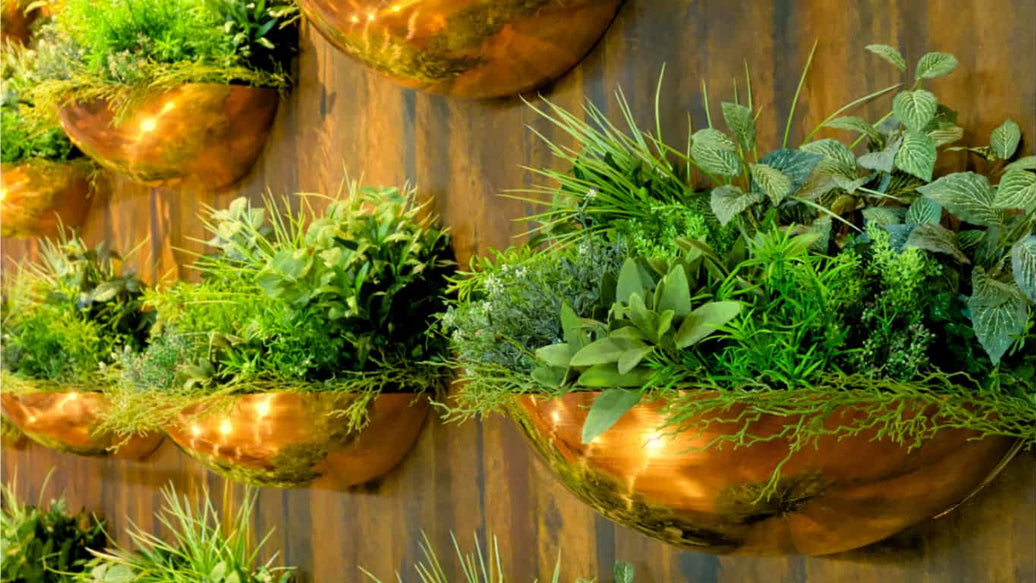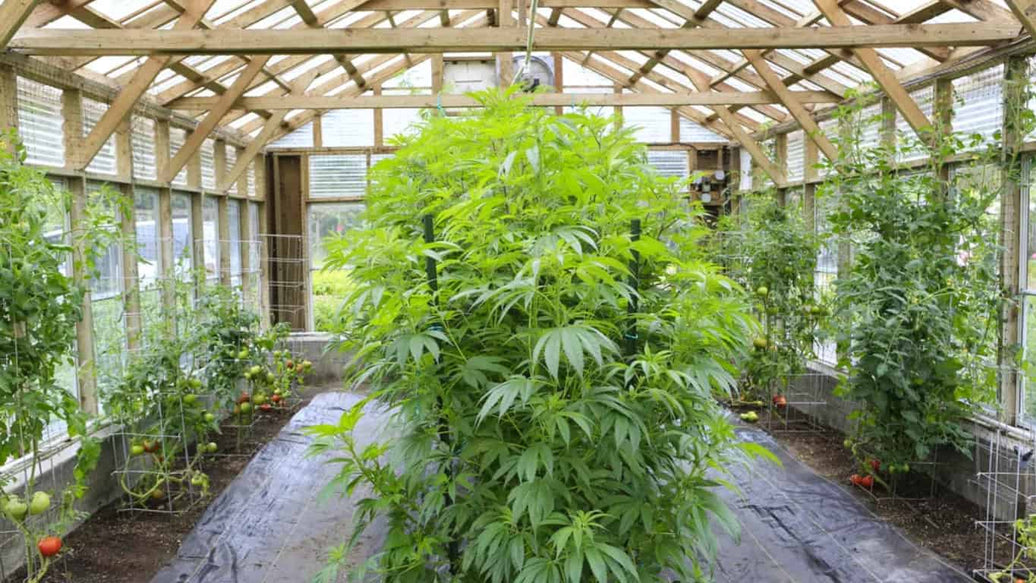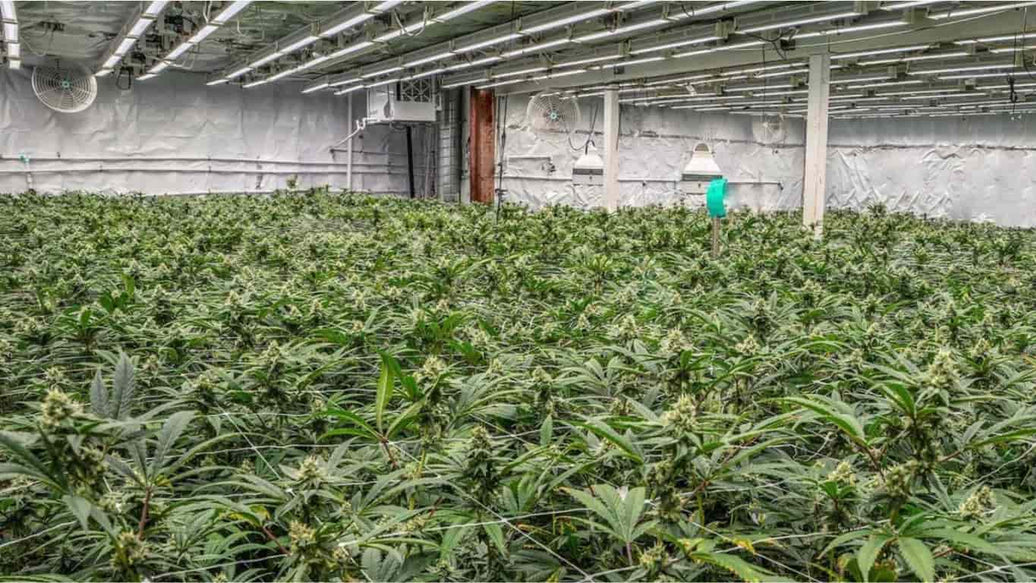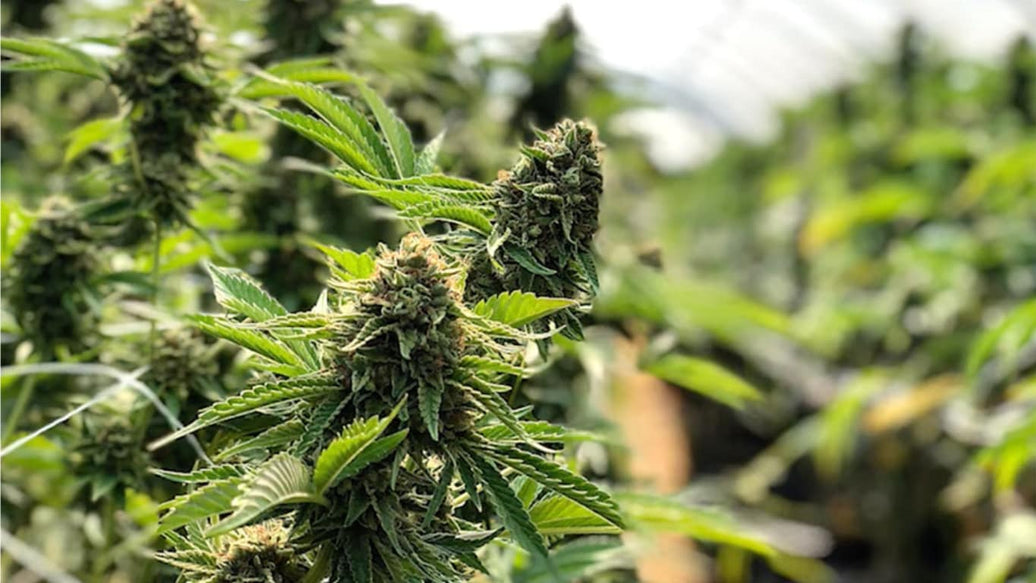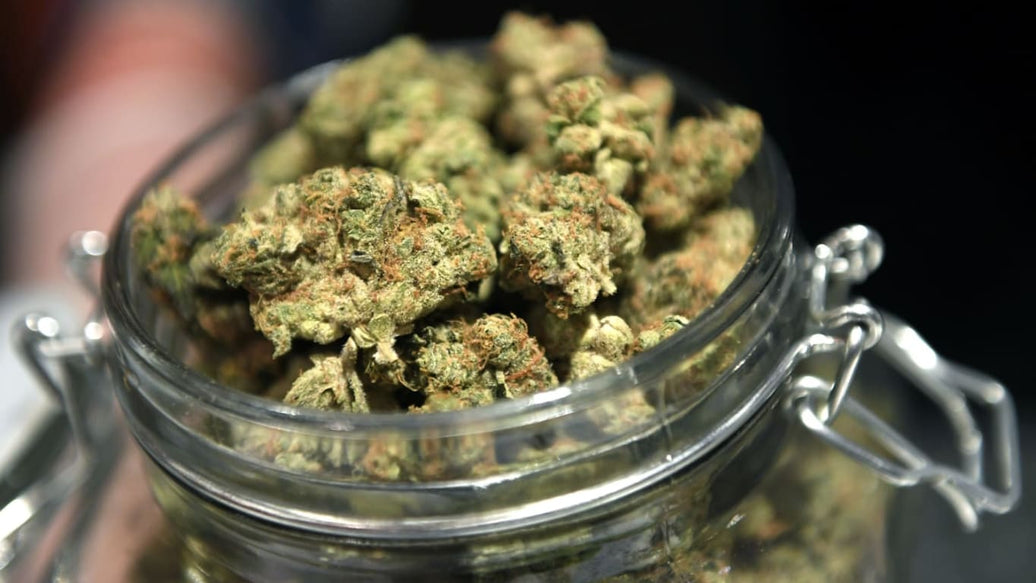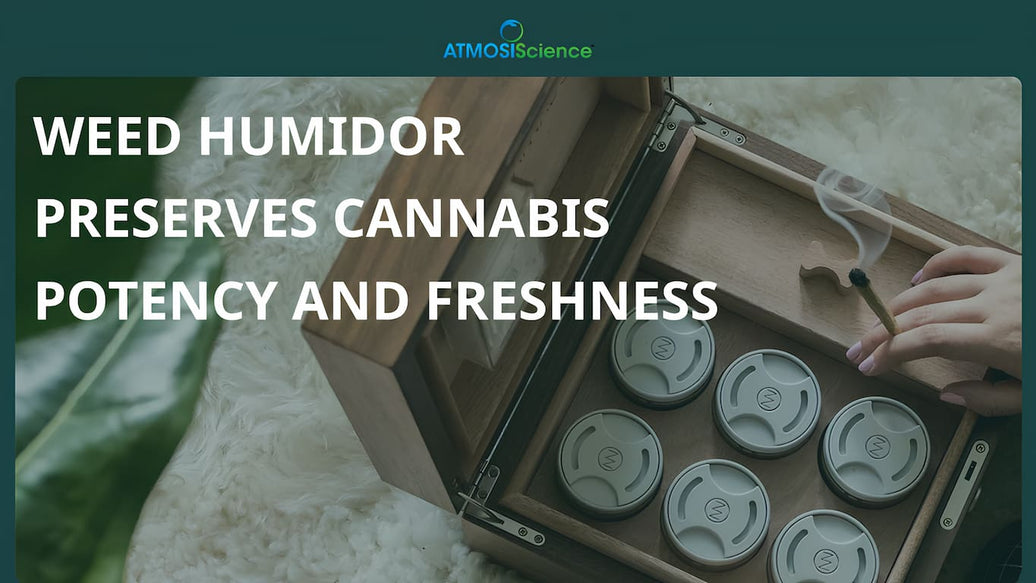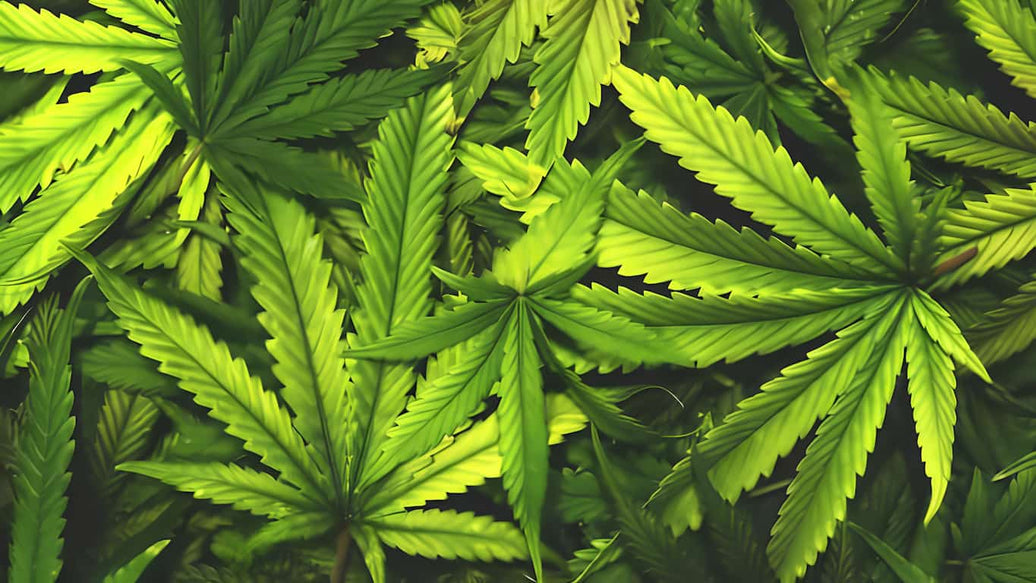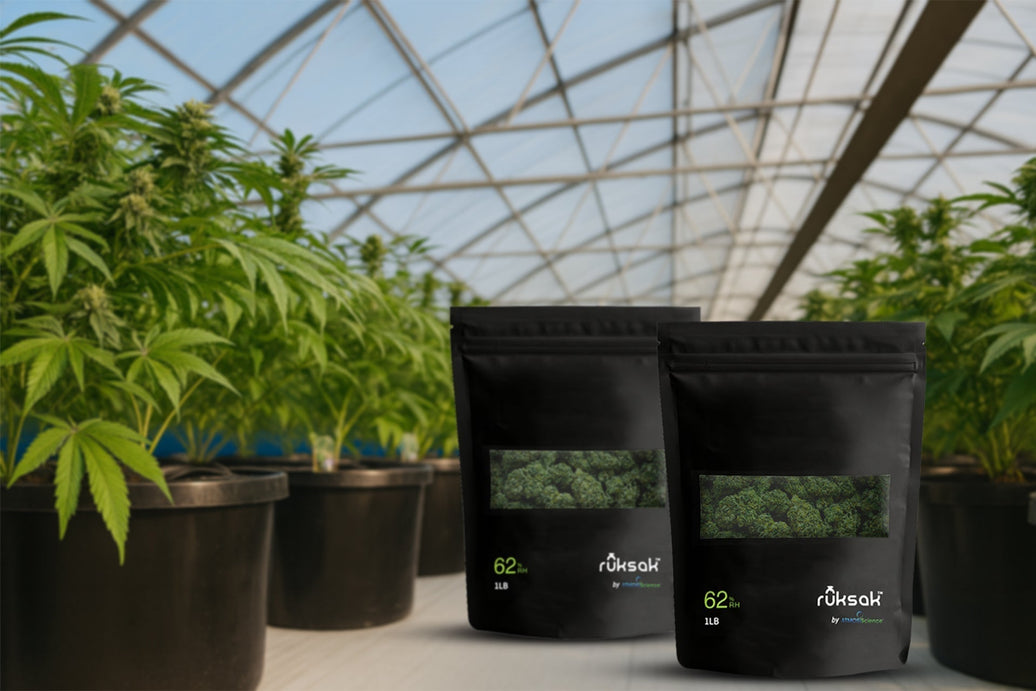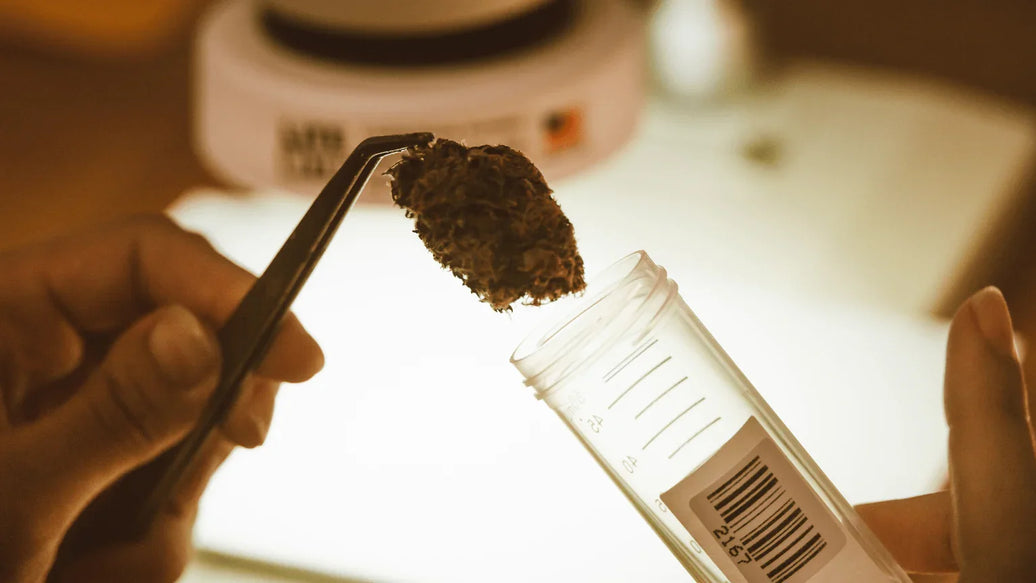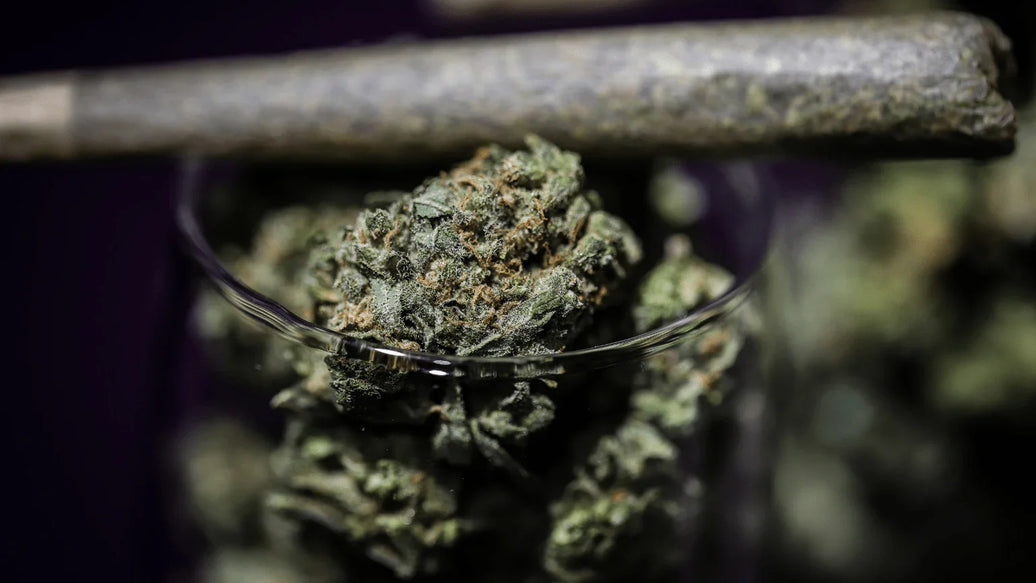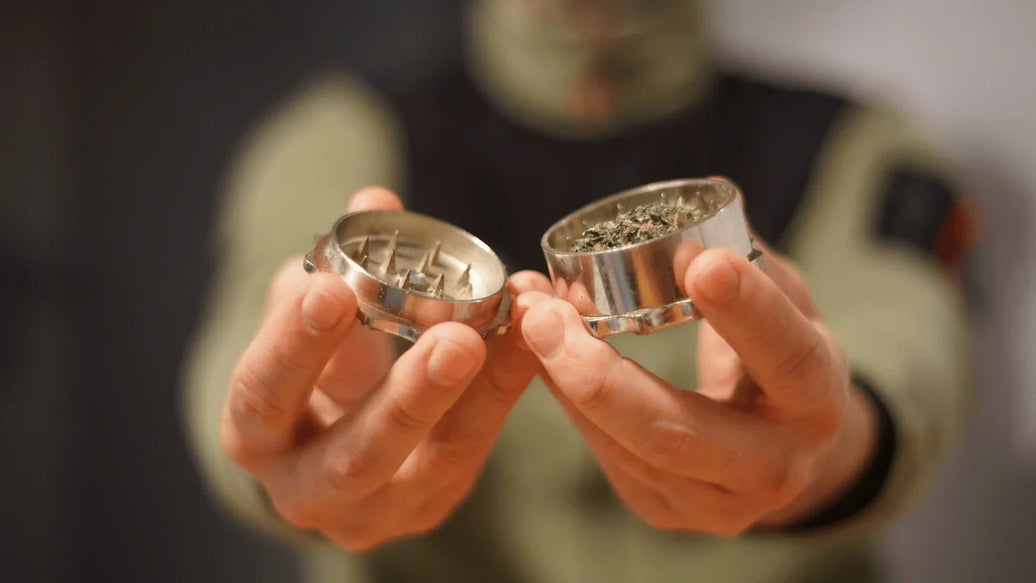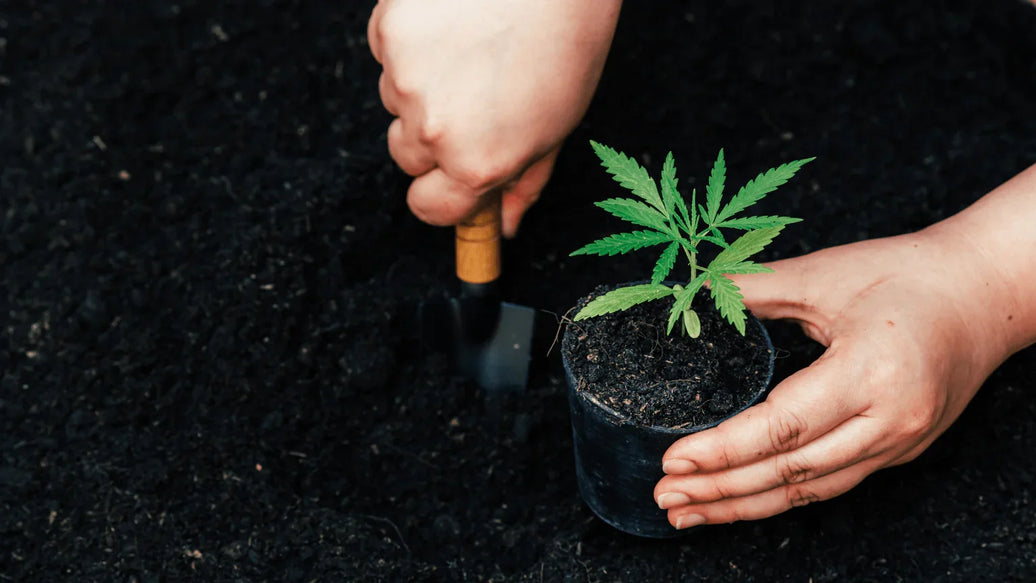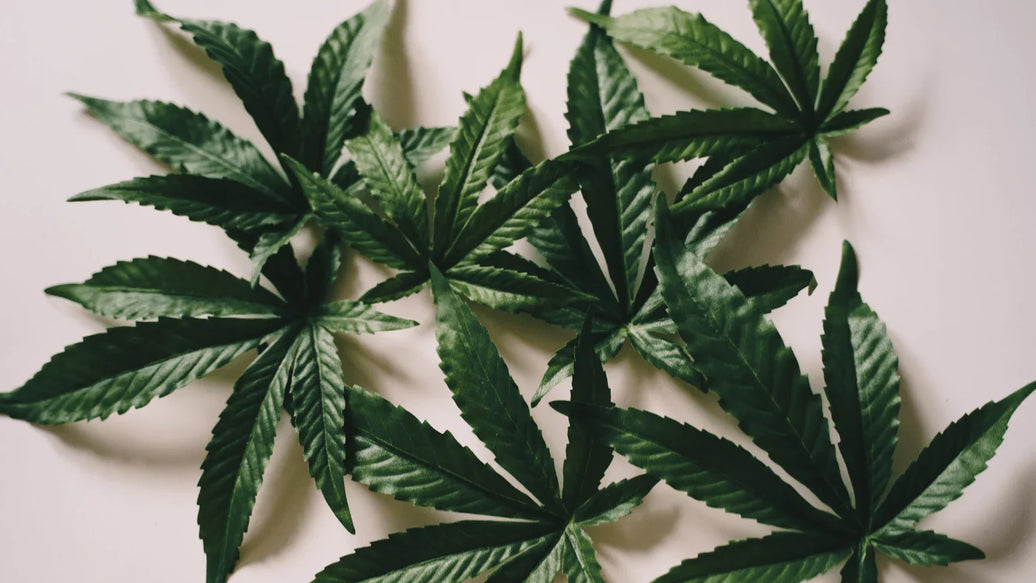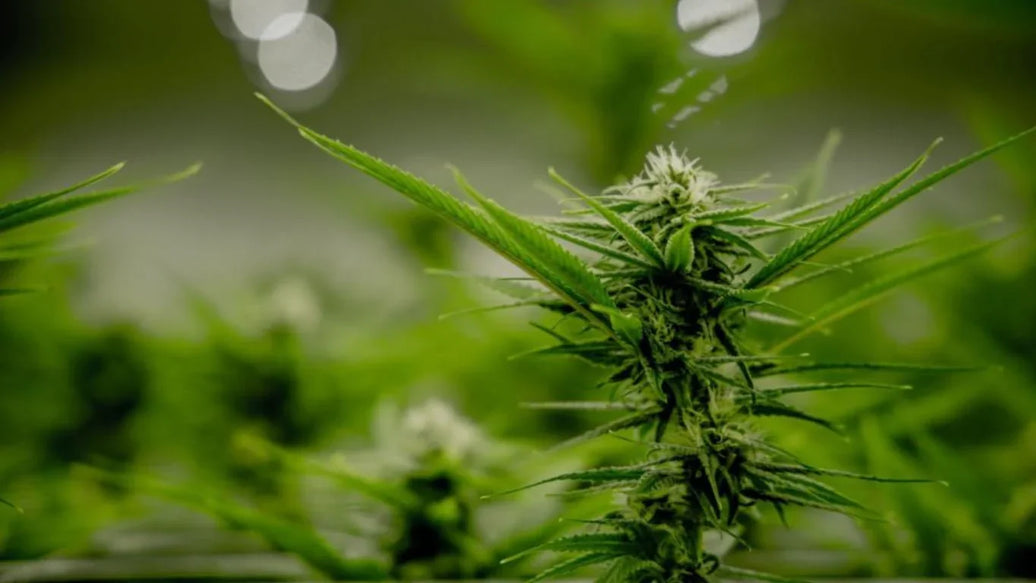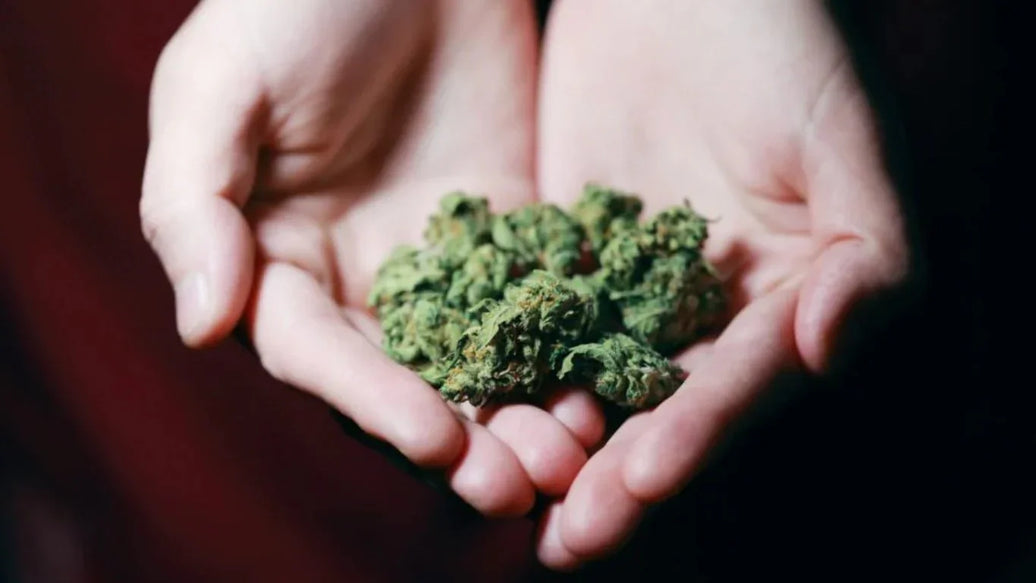Growing fresh herbs inside your home unlocks the pleasure of having garden-fresh aromas and flavors all year round, regardless of external weather conditions. If you want to maintain a flourishing indoor grow light herb garden, understanding how to harness and optimize artificial lighting is the cornerstone of success. Becoming an adept indoor herb grower with light involves mastering the interplay of light intensity, spectrum, and exposure time, which profoundly shapes the growth, yield, and quality of your herbs. This guide dives deep into the science of indoor herb cultivation under grow lights, equipping you with both theoretical insights and actionable strategies to create a robust garden inside your living space.

The science of lighting in an indoor grow light herb garden
An effective indoor grow light herb garden hinges on supplying your plants with light that mimics the sun’s photosynthetically active radiation (PAR) spectrum, spanning 400 to 700 nanometers. This range encompasses the wavelengths plants use most efficiently for photosynthesis - the process that produces energy vital for growth.
Light for plants is measured primarily by PPFD, which quantifies the exact number of photons plants receive each second, and DLI, which totals all the light accumulated over a day. Understanding these helps an indoor herb grower with light tailor their setup to match their herbs’ needs across different developmental phases. Common culinary herbs generally respond well to light intensities between 200 and 600 µmol m⁻² s⁻¹ with photoperiods - daily light duration - between 6 and 14 hours.
To further clarify, here is an overview of PPFD requirements for herbs at different growth stages:

This chart outlines recommended light intensities for seedlings, vegetative, and flowering stages common to many culinary herbs. Seedlings require gentle light (100–300 µmol m⁻² s⁻¹) to avoid stress, while mature vegetative plants thrive between 300 and 600 µmol m⁻² s⁻¹. Flowering or reproductive phases demand the highest intensities (up to 900 µmol m⁻² s⁻¹) to maximize biomass and essential oil production. Maintaining these light levels in your indoor grow light herb garden ensures dynamic growth and high-quality yields.
Selecting the right grow lights for maximum herb vitality
When building your indoor grow light herb garden, one of the first decisions is the choice of grow light. Modern indoor herb growers gravitate toward LED technology for its efficiency and versatility. Unlike older fluorescent lamps, LEDs emit less heat and allow spectrum customization, meaning the quality of light can be fine-tuned according to plant requirements.
Within the lighting spectrum, red and blue wavelengths are paramount. Blue light encourages compact, leafy growth, whereas red stimulates photosynthesis and influences flowering and secondary metabolite production. Studies confirm that an R:B ratio near 3:1 fosters better biomass accumulation and aromatic intensity, especially for herbs like basil.
The curve below demonstrates how varying red-to-blue light ratios affect basil biomass in an indoor grow light herb garden.

The graph illustrates the biomass increase percentage relative to equal red-blue light (1:1 ratio). The optimal biomass boost of around 30% occurs at a 3:1 red to blue ratio, confirming that balanced spectral tuning plays a vital role in maximizing productivity and quality in an indoor grow light herb garden. Ratios exceeding this begin to diminish returns, reminding growers to avoid an overly red-shifted spectrum.
Creating the ideal environment for indoor herb growers with light
Developing an effective indoor grow light herb garden extends beyond just the lights. Pots should feature excellent drainage to prevent waterlogging, which risks root diseases. Use a high-quality, lightweight potting mix rich in organic matter and nutrients, specifically formulated for indoor cultivation.
The physical setup benefits greatly from methodical placement. Position LED grow lights approximately 12 inches above the herb canopy to provide sufficient intensity without risk of leaf burn. Ensure easy access to rotate your pots weekly, preventing uneven photon distribution and encouraging symmetrical growth.
Control environmental conditions closely: Most herbs thrive between 65 and 75°F and appreciate humidity levels between 40% and 60%. During winter or in dry climates, supplemental humidity through humidifiers or water trays can greatly enhance plant vigor. Such attention to environmental variables is vital for an indoor herb grower with light striving for a thriving garden.
Understanding photoperiod and light intensity dynamics
The duration and intensity of light exposure profoundly influence herb development in an indoor grow light herb garden. Most culinary herbs require a photoperiod of approximately 12 to 14 hours daily to mimic natural daylight cycles, encouraging optimal vegetative growth.
This next chart summarizes typical photoperiod recommendations by growth stage:
 The graph highlights that seedlings and flowering herbs generally do well with 12 hours of light daily, whereas the vegetative stage benefits from slightly longer exposure around 14 hours. Adjusting photoperiods in this way give the plants time to rest and recover while ensuring steady energy production from photosynthesis - a crucial balance in any indoor grow light herb garden.
The graph highlights that seedlings and flowering herbs generally do well with 12 hours of light daily, whereas the vegetative stage benefits from slightly longer exposure around 14 hours. Adjusting photoperiods in this way give the plants time to rest and recover while ensuring steady energy production from photosynthesis - a crucial balance in any indoor grow light herb garden.Enhancing flavor and quality through spectral control
In addition to quantity and growth rate, lighting spectrum impacts the chemical composition of herbs cultivated indoors. Secondary metabolites - including essential oils, flavonoids, and antioxidants - are key contributors to flavor, aroma, and medicinal properties. Advances in indoor grow light herb garden science have shown that light with an appropriate balance of red and blue LEDs can amplify these constituents.
For example, enriching blue light enhances chlorophyll content and thickens leaves, boosting aromatic profiles in basil. Contrastingly, red light tends to increase yields and terpene production, which benefits medicinal herbs such as cannabis. By strategically adjusting spectral balance over the growth cycle, an indoor herb grower with light can produce herbs not only abundant in mass but also rich in sensory and health attributes.
Practical tips for thriving indoor grow light herb gardens
- Choose full-spectrum LED grow lights capable of adjusting red and blue wavelengths to suit your herbs’ developmental stage.
- Implement consistent light schedules of 12 to 16 hours daily based on plant type and growth phase.
- Maintain appropriate light distances by positioning LED fixtures between 12 and 14 inches above plant canopies, ensuring light intensity formulas are met.
- Use containers with strong drainage paired with nutrient-rich, indoor-friendly soil.
- Maintain environmental settings: temperatures within 65–75°F and humidity between 40% and 60%.
- Regularly rotate pots to promote evenly distributed light exposure and prune plants to foster denser, healthier growth.
By mastering the science of lighting - its intensity, spectrum, and timing - any gardener can cultivate a flavorful, nutrient-dense indoor grow light herb garden right at home. With the right setup and ongoing attention, becoming a proficient indoor herb grower with light is within everyone’s reach, transforming indoor spaces into productive, lush herb havens throughout the year.

